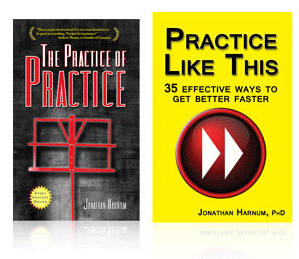Learn to read music, and get it for less! A new video course based on the best-selling book, Basic Music Theory: How to Read, Write, and Understand Written Music, is 50% off. Check out the preview below, or see more details and other free lessons from the course HERE.
Want a Free Book? Subscribe to the Six-Bullet Saturday Newsletter
Want the free color eBook edition of Practice Like This? Sign up for 6 Bullet Saturday. 6-Bullet Saturday is a newsletter that gives you six things I thought worth sharing every week. Mostly it’s about practice, and I always include specific tips or exercises or drills that I use to help me and my students get…
How is Music Practice Different from Sports Practice?
Music practice and sports practice share similarities in their dedication to improvement and mastery, but they also exhibit distinct differences due to the nature of the activities involved. Here are some key ways in which music practice differs from sports practice: In summary, music practice and sports practice differ in terms of their physical vs….
The Real Book – 99% Invisible
Fascinating episode from one of the best, most varied and interesting podcasts out there, 99% Invisible. I don’t normally post redirects like this, but this one is worth it. Go check it out! Since the mid-1970s, almost every jazz musician has owned a copy of the same book. It has a peach-colored cover, a chunky,…
Sona Jobarteh: The 60 Minutes Interview
Sona Jobarteh was gracious enough to let me interview her about practic for the book/audiobook The Practice of Practice. I’m so glad she is getting this kind of attention. She deserves it. Check out her website and her music. More info from Sona Jobarteh on the Kora and how to play it here. Her last…
Man With WORLD’S LOWEST VOICE Sings “Lonesome Road”
More on Mr. Storms and some other recordings here.
